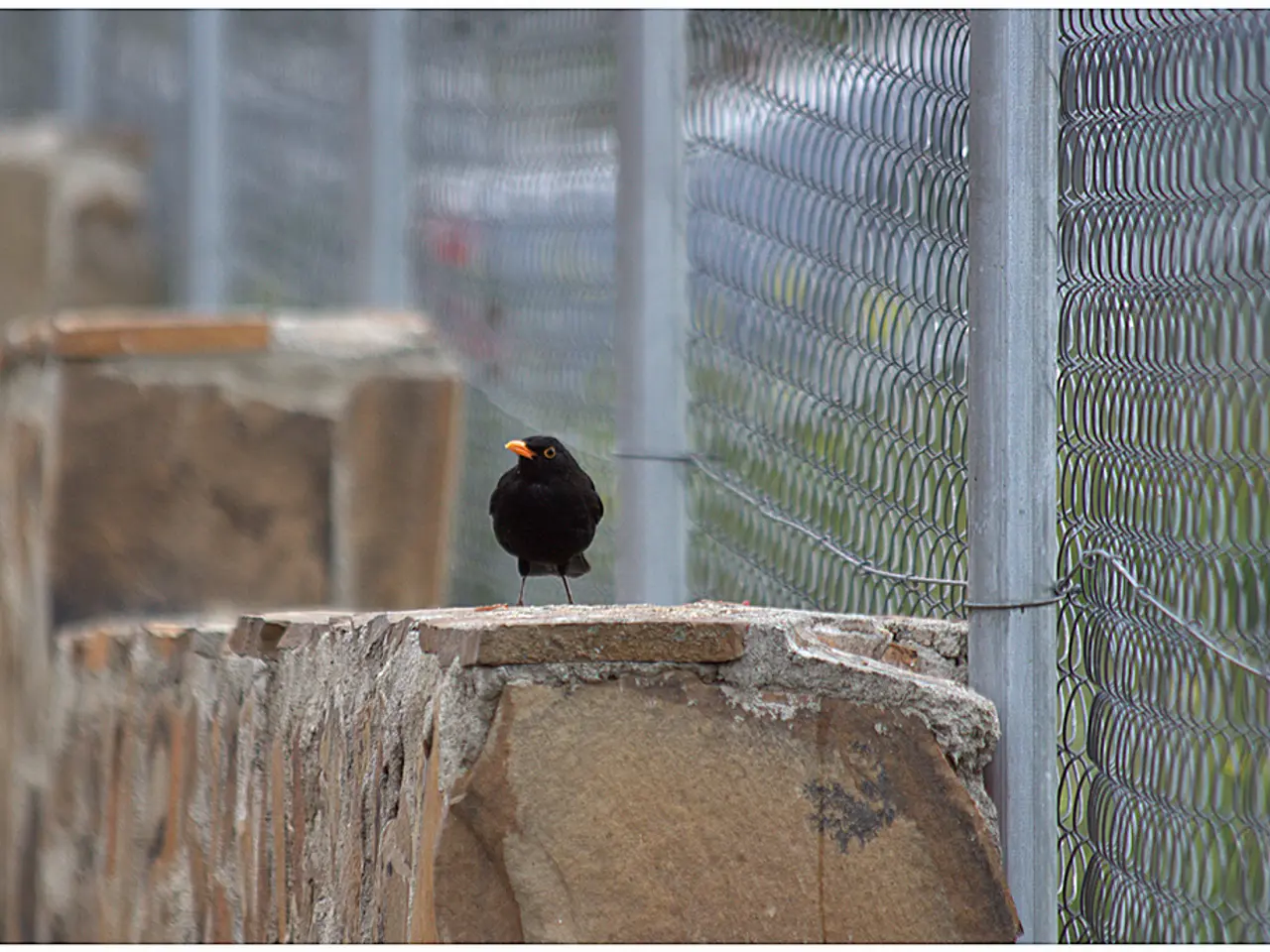Hamburg animal shelter temporarily halts cat intake
In Rostock and several other cities in Northern Germany, there has been a notable change in the attitude of people towards animals, according to Viktoria Mehlig, the second chairwoman of the Rostock Tierschutzverein. This change is evident in the increasing number of abandoned cats and other pets, particularly at animal shelters in Hamburg and Elmshorn.
The vacation season is traditionally a difficult time for animal shelters, as the number of abandoned pets increases due to various reasons. Janet Bernhardt, the chairwoman of the HTV, states that the dark figure of vacation victims is likely to be even higher. This trend is not limited to the vacation season, as the Tierheim Elmshorn (district Pinneberg) is currently struggling with a high number of abandoned cats, including many pregnant purebred cats. The increase in cat population is due to many cat puppies from unneutered cats and tomcats.
The Tierheim Elmshorn will be closing two of its three cat houses for renovation in September, resulting in a ban on accepting cats until January 2026. To accommodate the influx of found and seized cats during the ban period, the Tierheim Elmshorn is currently holding talks with other animal shelters in Schleswig-Holstein.
The Tierheim Greifswald, on the other hand, has not seen a flood of abandoned animals at the beginning of the vacation season for about ten years. However, the situation indicates that people have little money available, according to an employee at the Tierheim Greifswald. Mainly old and sick animals end up at the Tierheim Greifswald when they become expensive for their owners. This phenomenon has increased in recent years.
The Tierheim Südstraße in Hamburg has taken in 192 animals, including 100 cats, since early June. There is a ban on accepting animals at the Tierheim Südstraße due to spatial and personal limitations. The animal shelter in Rostock also has a ban on accepting dogs with special care needs and injured wild animals due to similar reasons.
If a cat is found, the animal shelter or the police should be contacted by phone. It is crucial to ensure the well-being of these animals during this challenging time. The Tierschutzverein in Hamburg is funded by the city with almost six million euros per year, providing essential resources for the care of these abandoned animals.
In summary, the increased abandonment of cats during vacation periods is a common issue in many regions. The reasons for this trend in Hamburg and Elmshorn are not explicitly clear from the available data, but they are likely linked to travel-related challenges that make it difficult for pet owners to care for their animals. Consulting local news, official statements from the shelters, or animal welfare organizations in those cities may provide more specific insights into this issue.
The increase in the number of abandoned cats, as evidenced in animal shelters like Tierheim Elmshorn, is a concern that extends beyond the vacation season. This trend may be linked to pet owners' inability to care for their animals due to travel-related challenges, as suggested by the rising number of found and seized cats during this period. Approach home-and-garden magazines or lifestyle blogs for potential discussions on the impact of pet lifestyles on pet abandonment rates.




